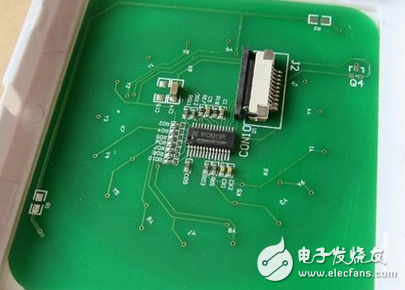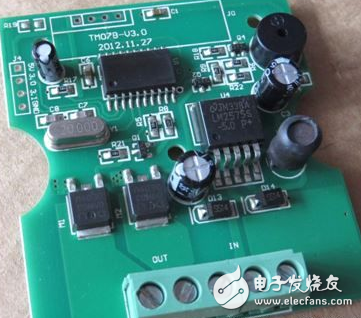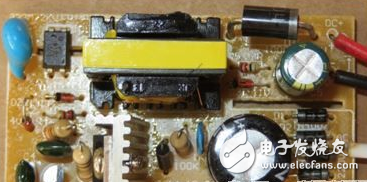Disassembly: LED touch controller and power supply unit
Most of the lighting fixtures in my home now use LEDs, most of which use incandescent bulbs of various shapes and sizes. However, a few lights use pure LED design - especially white and RGB strips. These lights require power and an optional controller.
Please continue reading, I will give you a few examples of buying lamps directly from Chinese dealers.
Case 1: There are 5 wall lights on the wall of our new restaurant. At first glance they are fine, but in reality it seems a bit crappy. I really want to replace them with better lights, but I have never found a suitable one. In addition, there is no reasonable way to add a master switch to these lights, so each lamp requires its own switch, which does reduce the range of choice.
I decided to try to build something for the future: a white plexiglass panel with LED strips on the back and brightness control through touch. My plan is to make a microcontroller-based touch controller from scratch, but I can't help but take shortcuts after discovering that the market's LED touch controllers cost less than $20.

When I first conceived my design, I imagined alternately displaying cool white and warm white LED strips, and able to achieve a gradient between warm and cold, but I quickly denied the use of cool white strips (who Want to use a cool white light source in the restaurant?).
When I was looking for a touch dimmer product in various types of single-channel and RGB models, I definitely chose a product that could change between cool white and warm white. It costs no more than a single channel product. I haven't tried it yet, but I'm sure there is no overlap in these two areas. If I really did a two-channel design, I wanted to be able to illuminate both at the same time.

Touch the back of the panel PCB. I didn't recognize this IC, and the "W1C801SPI" written on the package could not find any information.

The motherboard's microcontroller or ASIC has been blurred, but its basic identity (perhaps a PIC) can be identified by a small number of traces.
I am very surprised by the U4 5V 1A switch. To be sure, a 7805 can fully meet the current requirements! Otherwise, if the buzzer is too annoying, I will definitely melt it with a soldering iron.
In order for my plexiglass touchpad design to work properly, I also need a power supply. Here's what I paid for $4:

12V, 1.5A power supply, bought with a plastic case.
Power expert readers: What do you think? There are no outstanding advantages, because it is too bad for me, although the input capacitance is only 400V - not much for the 240V input. I think 450V devices are more common (12V output capacitors are best for 25V power supplies).

The welding surface of the power supply.
According to some circuit traces, I guess this is a simple flyback design. In fact, there is no obvious control chip at all, unless it is disguised as a transistor or optocoupler. The gate of power transistor Q1 is connected to Q2 and IC1.
Brightness Led Outdoor Lamp,Led Moisture Proof Lamp,Ip65 Waterproof Led Lamp,Moisture Proof Lamp
jiangmen jieken lighting appliance co.,ltd , https://www.jekenlighting.com
